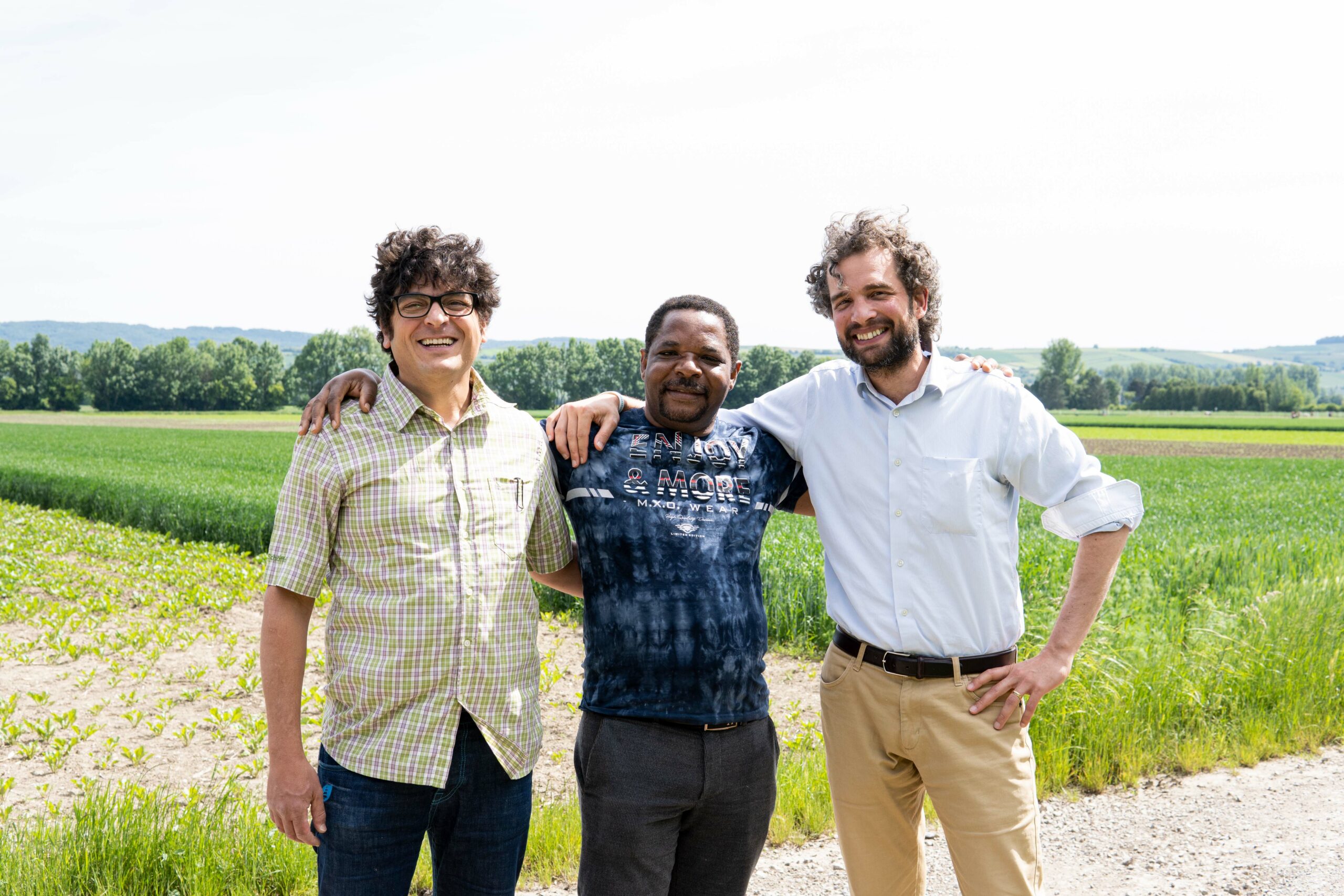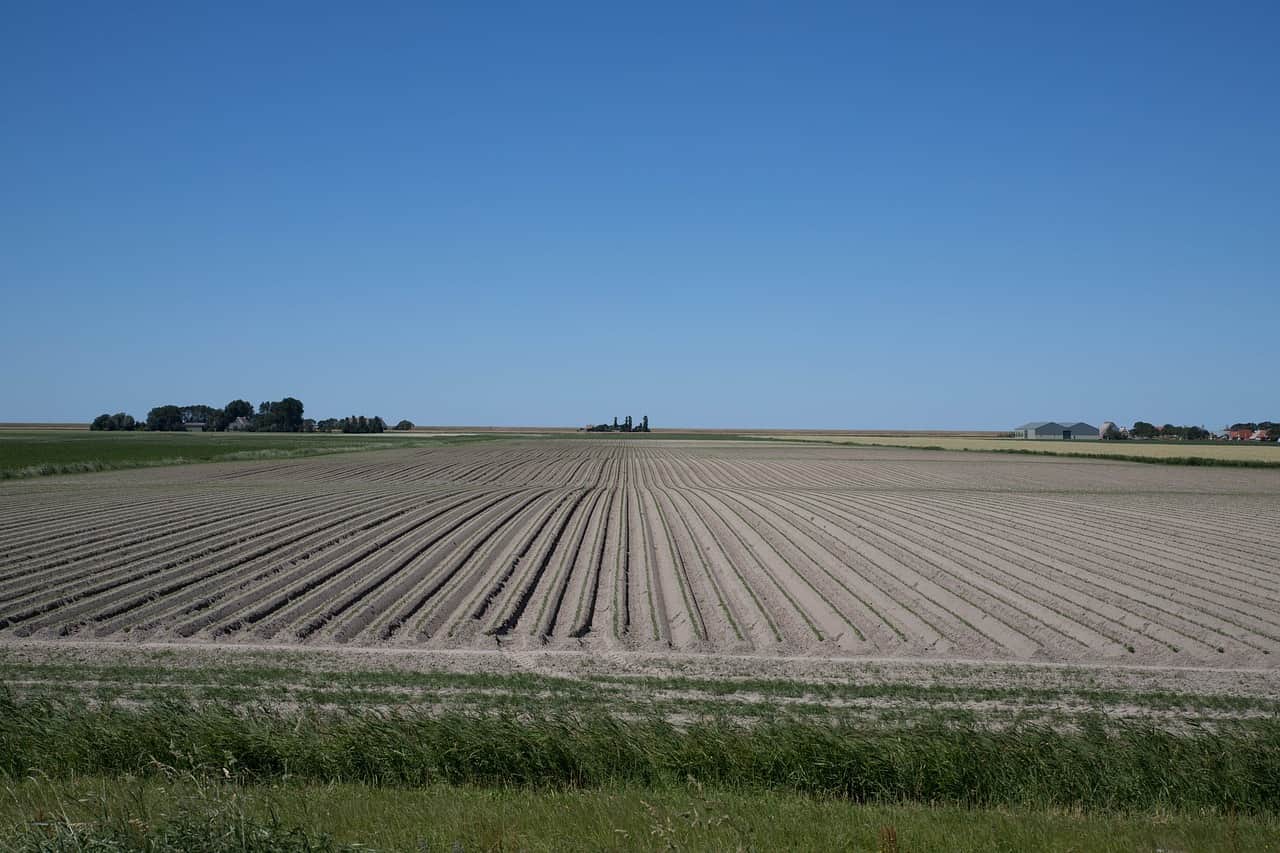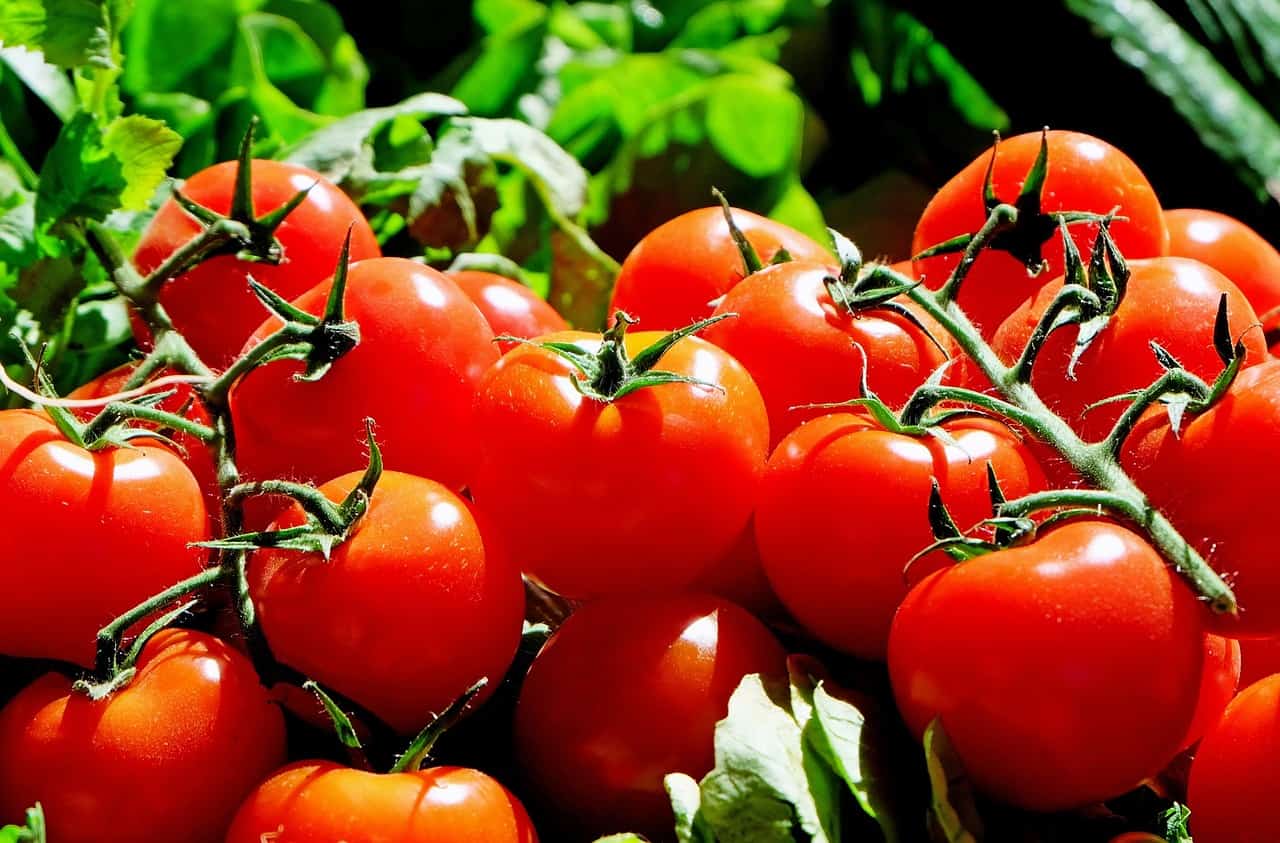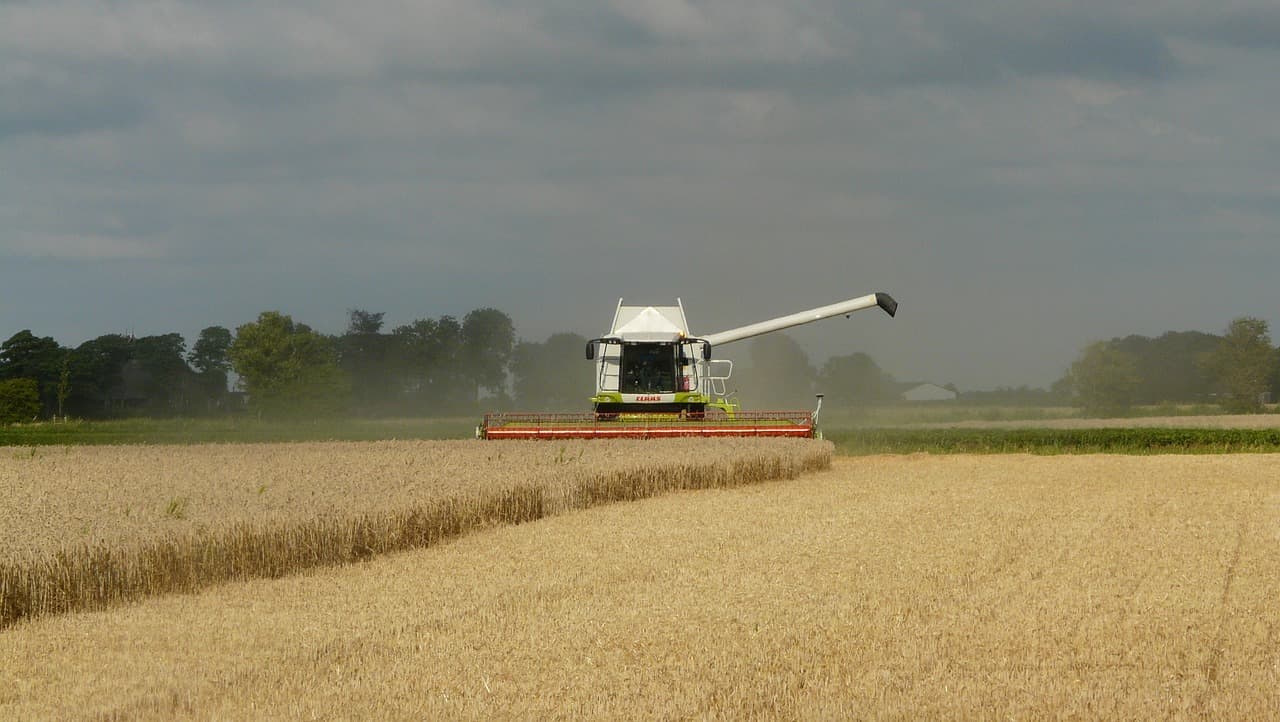
After a wet spring, the summer drought is back. Next time we will face rising temperatures and evaporation, affecting our fields. Global warming is the culprit. As a result, dry spells are increasing worldwide. Agriculture in western areas is also under increasing pressure from climate change: tropical heat waves are causing crops to collapse, and extreme rainfall is washing away fertile soils. At the same time, groundwater levels are low during dry periods. We highlight three solutions that can save agriculture in times of drought.
Saline cultivation
Due to prolonged droughts and a rising sea level, the Netherlands is increasingly affected by salt water in the soil. Many current food crops cannot withstand this. In the EU project Saline Farming (SalFar), several parties are working together on agricultural solutions to learn to live with salt.
One of the conclusions from the research: saline farming is indeed possible, provided the proper knowledge is applied, and good soil management is in place. The study included traditional crops that are salt-tolerant but have good productivity even in non-saline conditions. Certain potato varieties were found to do well in saline soil while also improving flavor. Cultivation with carrots and various types of cabbage also proved possible.
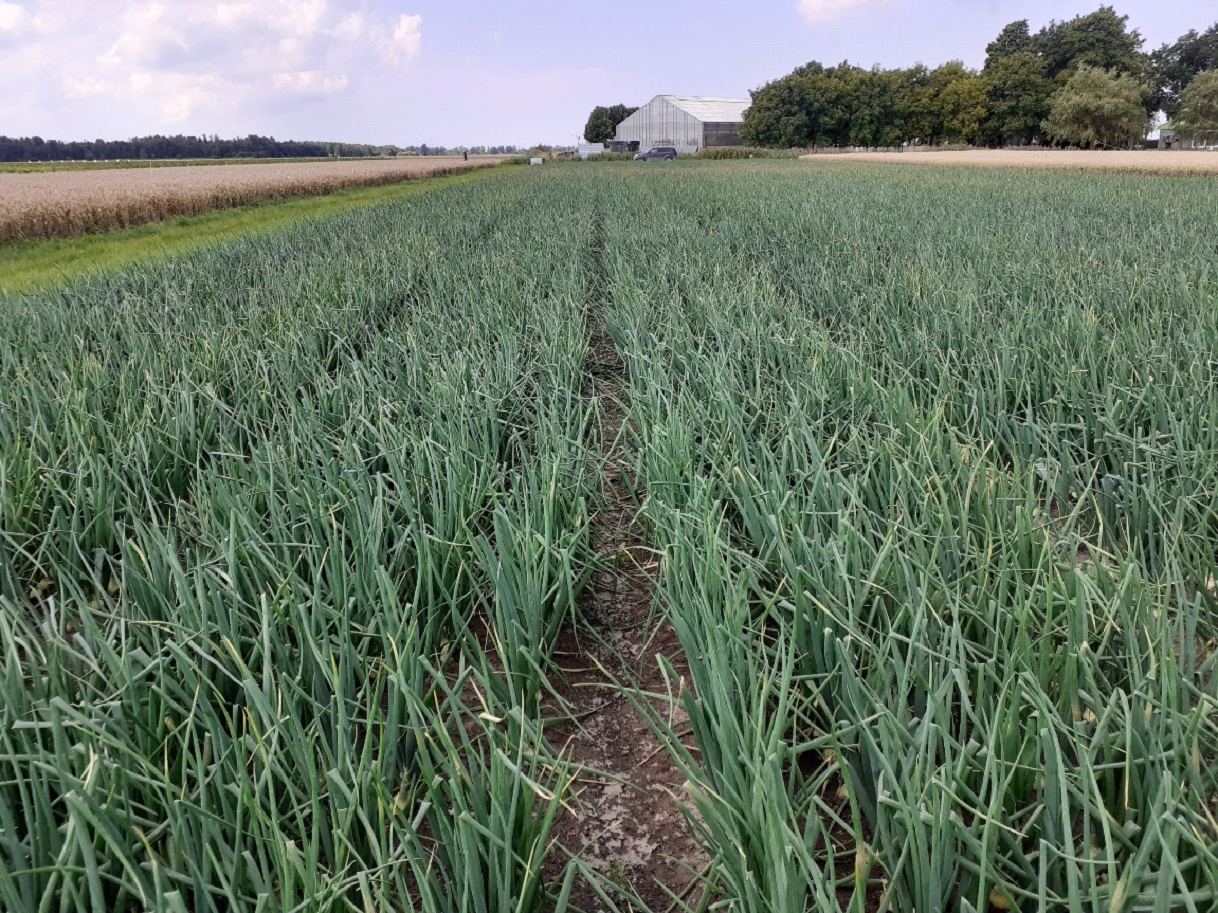
Smart plowing
Plowing is particularly difficult when the soil is very dry. But technology from the German company Kronos can come in handy. The application is called Rotapull.
The Rotapull is pulled by a tractor with built-in sensor technology and a field scanner. It monitors the quality of the tilled soil. With a delay of only a few seconds – after the tractor has traveled only three to five meters – it transmits this information to the tractor driver. The latter can immediately adjust the parameters of the Rotapull to the soil quality of the piece of the field he is currently plowing. In addition to dry soil, sandy soil and wet areas can be pushed more efficiently with Kronos technology.
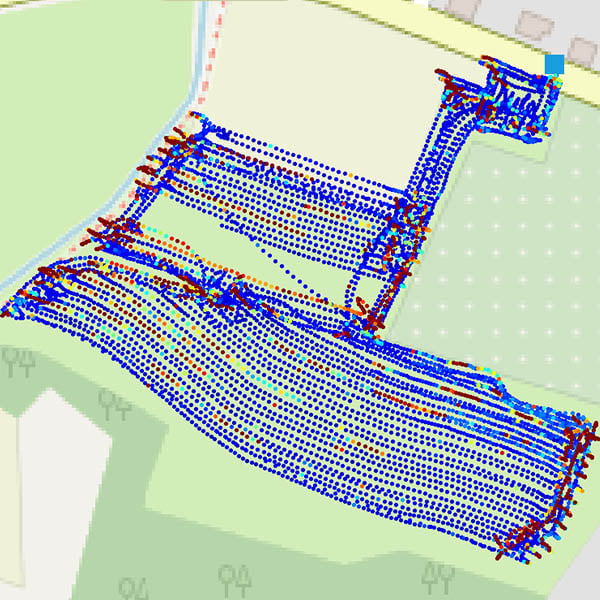
Biological hydrogel
Hydrogel can also be helpful to us. This gel is usually applied to the soil in granular form. It can absorb and slowly release large amounts of water into the environment. However, available hydrogel technologies often still contain synthetic raw materials. Moreover, they only sometimes meet expectations: many synthetic gels bind water but hardly rerelease it.
Agrobiogel‘s biological hydrogel is based on natural raw materials and is entirely biodegradable. Soil mixed with this hydrogel can absorb up to 95 percent of the water seeping in. This way, up to 40 percent can be saved on irrigation. Agrobiogel absorbs rainwater and nutrients from fertilizers in the soil, stores them, and releases them back to the ground when it dries out. In this way, the gel can combat dehydration and compensate for an irregular or reduced water supply. The product could be an answer to increasing dry periods worldwide and help reduce freshwater consumption.
